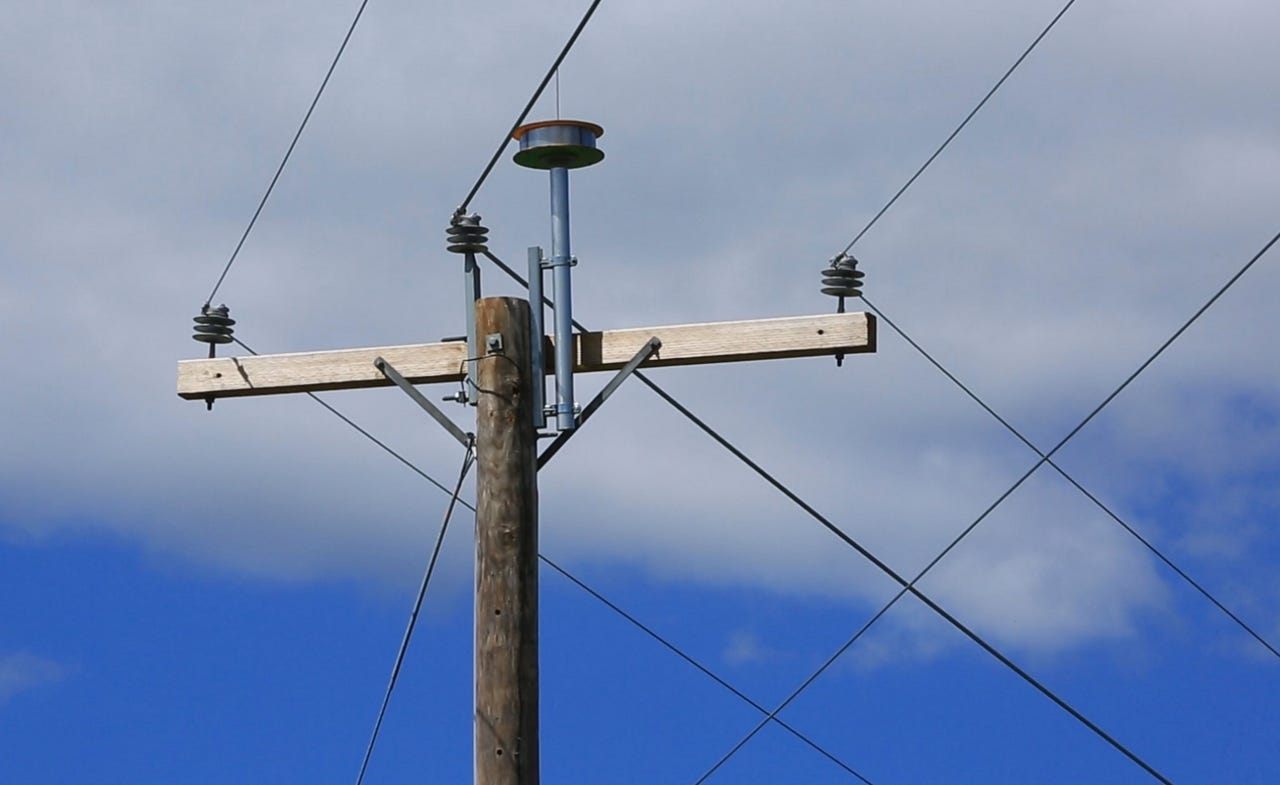AT&T uses power lines to build high-speed wireless broadband networks


AT&T is seeking a trial location for Project AirGig, a project which uses power lines to deploy high-speed broadband services more quickly than fiber.
On Wednesday, the telecommunications giant said that Project AirGig would utilize existing power lines and city infrastructure to create a high-speed mesh which could deliver affordable, multi-gigabit broadband to subscribers worldwide.
Should AT&T decide to go beyond the experimentation stage the technology could take over fiber as the high-speed service of choice, as the latter takes a very long time to build and get online.
Coming from AT&T Labs, the company is testing out different ways to send modulated radio signals either close to or around medium-voltage power lines. Project AirGig would not need direct electrical connections to power lines, and by using low-cost plastic antennas and devices placed along power lines to keep millimeter wave (mmWave) signals flowing, the company says that the network could deliver 4G LTE and 5G multi-gigabit broadband to "urban, rural and underserved parts of the world."
"Project AirGig delivers this last-mile access without any new fiber-to-the-home and it is flexible enough to be configured with small cells or distributed antenna systems," the company claims. "No need to build new towers. No need to bury new cables in the ground."
AT&T has already applied for approximately 100 patents used in the project and says that the network could also have applications in the smart grid -- such as the early detection of cable integrity problems and maintenance issues.
The company expects to begin field trials in 2017 and is currently looking for suitable spots.
"Project AirGig has tremendous potential to transform internet access globally -- well beyond our current broadband footprint and not just in the United States," said John Donovan, chief strategy officer and group president, Technology and Operations, AT&T.
"The results we've seen from our outdoor labs testing have been encouraging, especially as you think about where we're heading in a 5G world. To that end, we're looking at the right global location to trial this new technology next year."